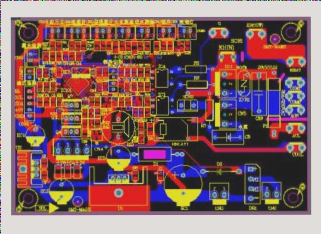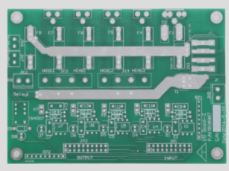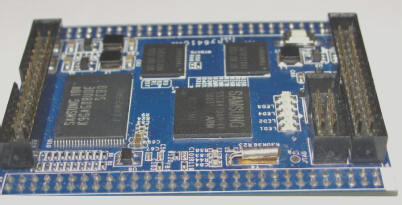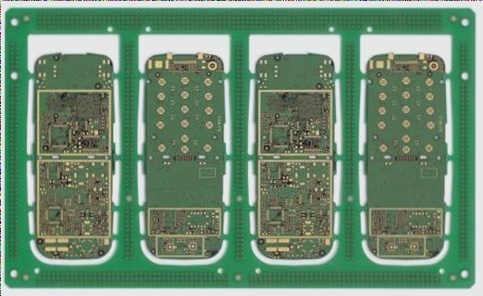Surface Mount Microphones: Enhancing Solder Joint Strength
Surface mount microphones, also known as MEMS microphones, have become increasingly popular in high-end mobile phones due to their stability and compatibility with surface mount technology. These devices consist of sound pressure sensor chips, ASIC chips, sound cavities, and RF suppression circuits. The solderable end of the microphone is crucial for its secure attachment to the PCB.

Current Trends in Surface Mount MICs
Most surface mount microphones available today have gold-plated solderable ends. Common surface treatments like ENIG and ENEPIG are used, while PCBs often undergo processes like ENIG, OSP, or selective ENIG. However, nickel corrosion in ENIG-treated PCBs can lead to solder joint cracking. Another critical issue is the accumulation of AuSn alloy in the solder boundary area.
Case Study: MIC Device Detachment
In a mobile phone product, MIC detachment occurred due to solder joint cracking after a roller test. The presence of AuSn alloy in the intermetallic compound (IMC) at the solder joint interface was a key factor. Adjustments such as reducing the gold thickness of the ENIG pad on the PCB helped improve solder joint strength and reduce the failure rate.
Conclusion
While gold-plated solderable ends are standard for surface mount MICs, issues like AuSn alloy accumulation can impact solder joint strength. Adjusting the gold thickness on the PCB can enhance strength but must be carefully balanced to avoid oxidation and poor solderability. Addressing these challenges is crucial for ensuring reliable performance in mobile phone applications.



